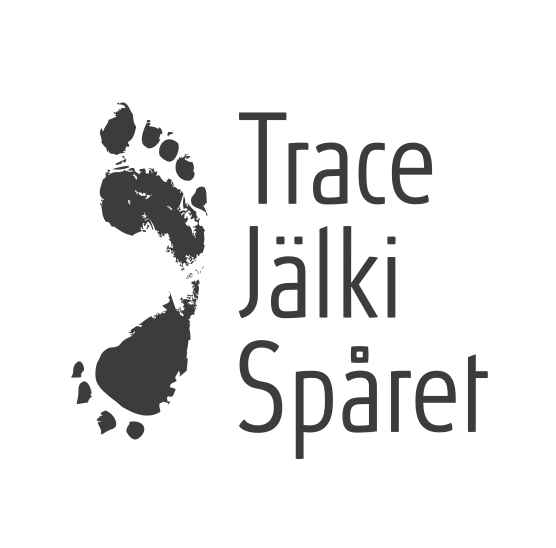Developing response-ability in human-wasp encounters
DOI:
https://doi.org/10.23984/fjhas.120353Keywords:
media analysis, cohabitance, multispecies study, wasps, vulnerability, unloved othersAbstract
Learning to live with unloved others is crucial in the ecological crisis. Unloved wasps are feared and disliked for their sting. Understanding of their ecological importance is increasing, however. Human-wasp encounters are changing with environmental changes, and strategies for multispecies cohabitation are needed. This multispecies study highlights features of wasp biology affecting human-wasp encounters and analyzes how conflicted human-wasp relations could be mitigated. The geographical focus is Finland, in the Northern boreal region. Biological analysis specified spatiotemporal aspects affecting human-wasp encounters: human and wasp habitats and preferences overlap ubiquitously. From a media analysis, we identified contextual strategies for living with wasps: exterminating, repelling, relocating, and giving space. Wasps do not receive only bad press – human-wasp relations are diverse and contextual. Knowledge of wasp ecology may allow for cultivating response-ability in multispecies encounters. Media provides information and narratives that allow reinterpreting wasp “aggression” as a vulnerable multispecies condition. Human-wasp encounters are corporeal and often preferably avoided. Therefore, methods that allow developing intimacy without proximity may be used for reflecting on human-wasp relations. One such method is crocheting decoy wasp nests. Human-wasp encounters could be mitigated by species-specific strategies that assess the risk involved. However, developing such strategies is difficult because wasps are often confused with other black-and-yellow insects.

Downloads
Published
Issue
Section
License
Copyright (c) 2023 Minna Santaoja, Jyrki Torniainen, Atte Komonen

This work is licensed under a Creative Commons Attribution 4.0 International License.





